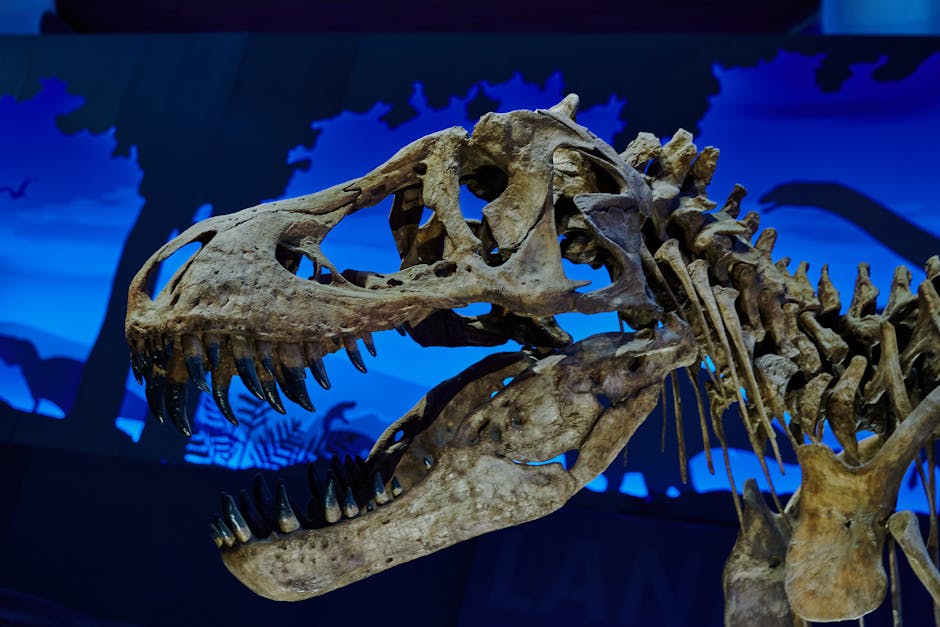
The Evolution of Deception Detection Methods
Deception detection has always been a topic of immense interest, from ancient civilizations to contemporary society. The methods and technologies used to detect lies have evolved significantly over the centuries, reflecting advancements in science, psychology, and technology. This comprehensive guide delves into the evolution of deception detection methods, providing insights into historical practices, modern techniques, and future trends.
Ancient Deception Detection Methods
In ancient times, various cultures devised unique methods to unearth deceit. These early techniques were often based on superstitions and rudimentary observations of human behavior.
Trial by Ordeal
One of the earliest forms of deception detection was the trial by ordeal. In medieval Europe, accused individuals were subjected to painful or dangerous tests, such as holding a red-hot iron or being submerged in water. The belief was that divine intervention would protect the innocent while the guilty would be harmed.
Rice Powder Test
In ancient India, the rice powder test was used to detect lies. Suspects were asked to chew a mouthful of dry rice powder and then spit it out. If the rice remained dry, it was believed the suspect was lying, as fear and anxiety were thought to inhibit saliva production.
The Polygraph Machine
The advent of the polygraph machine in the early 20th century marked a significant breakthrough in deception detection. The polygraph, commonly known as a lie detector, measures physiological responses to determine if a person is being truthful.
How the Polygraph Works
The polygraph measures several physiological indicators, including heart rate, blood pressure, respiratory rate, and galvanic skin response. During a polygraph test, the examiner asks a series of questions while the machine records the subject’s physiological responses. Significant deviations from the baseline responses may indicate deception.
Despite its widespread use, the polygraph’s accuracy remains controversial. Studies suggest that polygraphs are approximately 70-90% accurate, but factors such as examiner bias and the subject’s psychological state can affect results.
Behavioral Analysis
Behavioral analysis involves studying non-verbal cues, body language, and speech patterns to detect deception. This method relies on the premise that lying induces stress, which manifests as observable behavioral changes.
Microexpressions
Microexpressions are fleeting facial expressions that reveal a person’s true emotions. These involuntary expressions occur within a fraction of a second and can be challenging to detect without training. Pioneered by psychologist Paul Ekman, the study of microexpressions has become a valuable tool in deception detection.
Statement Analysis
Statement analysis involves examining the content and structure of a person’s verbal statements. Deceptive statements often contain inconsistencies, contradictions, and unnecessary details. Analysts look for linguistic cues, such as changes in tense, passive voice usage, and overly specific denials, to identify deception.
Research indicates that trained professionals can achieve an accuracy rate of up to 85% using behavioral analysis techniques. However, these methods require extensive training and experience to master.
Technological Advancements in Deception Detection
Recent advancements in technology have revolutionized deception detection methods, making them more accurate and accessible. Innovations in artificial intelligence (AI) and machine learning have paved the way for sophisticated tools that can analyze vast amounts of data to identify deceptive behavior.
Functional Magnetic Resonance Imaging (fMRI)
Functional magnetic resonance imaging (fMRI) is a neuroimaging technique that measures brain activity by detecting changes in blood flow. Researchers have found that specific brain regions activate when a person lies. By analyzing these patterns, fMRI can potentially identify deception with high accuracy.
While promising, the use of fMRI for deception detection is still in its infancy. Ethical concerns, high costs, and the need for specialized equipment limit its widespread application.
AI and Machine Learning
Artificial intelligence and machine learning algorithms have shown great potential in deception detection. These technologies can analyze large datasets, including facial expressions, voice patterns, and text, to identify subtle cues of deception. AI-powered systems can continuously learn and improve their accuracy over time.
For example, researchers at the University of Maryland developed an AI system that analyzes facial expressions and voice intonations to detect lies. In trials, the system achieved an accuracy rate of around 92%, outperforming human experts.
Electroencephalography (EEG)
Electroencephalography (EEG) measures electrical activity in the brain using electrodes placed on the scalp. Studies have shown that lying can produce distinct brainwave patterns, which EEG can detect. While less invasive than fMRI, EEG still faces challenges related to accuracy and practicality.
Actionable Tips for Deception Detection
Whether you’re a law enforcement professional, an employer, or simply interested in understanding human behavior, these actionable tips can help you improve your deception detection skills:
1. Pay Attention to Baseline Behavior
Establish a baseline of the person’s normal behavior by observing them in non-stressful situations. This will help you identify deviations that may indicate deception.
2. Look for Clusters of Cues
Single cues are often unreliable indicators of deception. Instead, look for clusters of cues, such as inconsistencies in speech, microexpressions, and body language, that occur simultaneously.
3. Use Open-Ended Questions
Open-ended questions encourage the person to provide detailed responses, making it easier to spot inconsistencies and deceptive behavior. Avoid leading questions that suggest specific answers.
4. Practice Active Listening
Active listening involves fully engaging with the speaker, observing their verbal and non-verbal cues, and asking follow-up questions. This approach helps build rapport and encourages honest communication.
5. Stay Calm and Neutral
Maintain a calm and neutral demeanor during interactions. Displaying strong emotions or biases can influence the person’s responses and hinder your ability to detect deception.
Conclusion
The evolution of deception detection methods reflects humanity’s enduring quest for truth and justice. From ancient trials by ordeal to cutting-edge AI technologies, our understanding of deceit has come a long way. While no method is foolproof, combining multiple techniques and continuously advancing our knowledge will help us get closer to the truth.
As technology continues to evolve, the future of deception detection holds exciting possibilities. By staying informed and adapting to new developments, we can enhance our ability to detect deception and uphold the principles of honesty and integrity.
